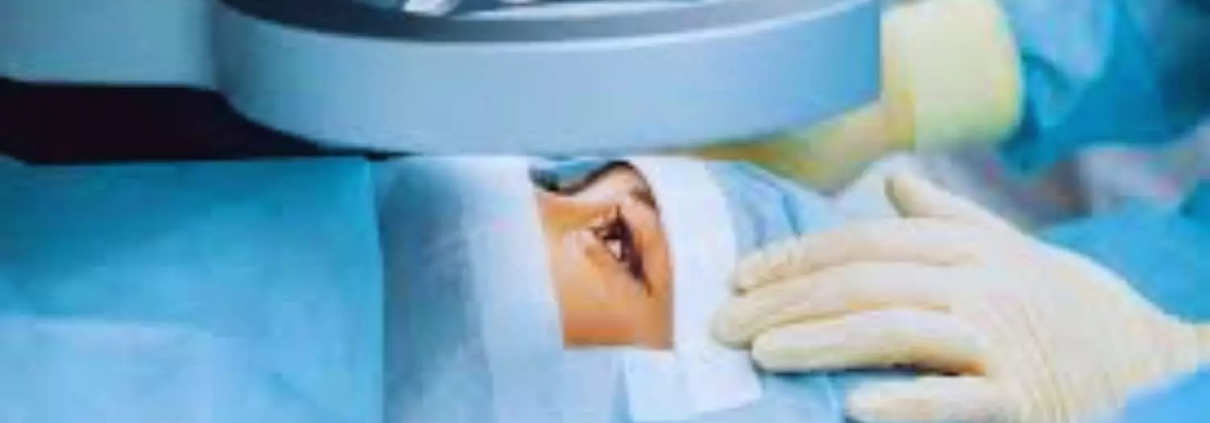Hyperosmolar patients significantly increased variation in light scatter following cataract surgery: Study

Tear film hyperosmolarity acts as a potent cellular stress
on the ocular surface that can induce epithelial cell death and compromise the
barrier functions of the cornea. Hyperosmolarity has been shown to be
associated with significant (>1.0 diopter (D)) test-to-test variations in
the measured corneal astigmatism and >0.5 D variations in IOL power, adding
noise that functionally limits the resolution of keratometry and increases the
likelihood of unexpected refractive error after cataract surgery.
Although prior research has shown that tear film
hyperosmolarity can compromise pre-surgical measurements and impact
post-surgical outcomes, it is not currently known whether hyperosmolarity is
directly associated with aberrant visual sequelae. Therefore, author’s current
hypothesis was that hyperosmolarity is associated with increased variation in
light scatter between blinks, and specifically, that this effect is not
observable under a slit lamp. If this hypothesis is correct, it would likely
help to explain a portion of the phenomenon of a post-operative patient that
achieves target refraction, hasan unremarkable ocular surface, but is
dissatisfied with the overall quality of vision – colloquially known as the
20/20 unhappy patient.
Contiguous, 20-second objective scatter index (OSI) scans
were recorded in hyperosmolar (≥320 mOsm/L) and normal subjects (<308
mOsm/L) with cataract nuclear opacity ≥3. OSI was measured at screening,
baseline and 90 days following surgery. Along with symptoms of ocular surface
disease, slit-lamp examination included corneal staining (0–3), tear film
breakup time (TBUT) and evaluation of meibomian gland disease (MGD). An
additional cohort of hyperosmolar subjects were measured for OSI at screening,
baseline, and 5, 10, 15 and 30 minutes following instillation of 0.18% sodium
hyaluronate (HA).
Thirty-one eyes of 31 patients were included. There was a
significant difference in post-operative OSI variation when comparing
hyperosmolar (0.65±0.30, N=11) to normal subjects (0.33±0.11, N=10, p=0.005).
Of note, there were no significant differences in OSI variation when subjects
were sorted by staining (p=0.9), TBUT (p=0.7), symptoms (p=0.7), or MGD status
(p=0.9). Instillation of 0.18% HA (N=10) did not alter OSI at 5 minutes, but
significant reductions in OSI of 28.8%, 38.5% and 36.7% (all p < 0.001) were
observed at 10, 15 and 30 minutes.
Subjects with tear film hyperosmolarity exhibited
significantly increased variation in light scatter following cataract surgery
that was undifferentiated by staining or TBUT. Addition of artificial tears can
acutely eliminate much of the light scatter associated with hyperosmolarity,
but requires at least 15 minutes to stabilize in a hyperosmolar cohort.
Elevated osmolarity may be indicative of light scatter equivalent to that of a
grade 2–3 cataract.
Source: Sullivan et al; Clinical Ophthalmology 2024:18
https://doi.org/10.2147/OPTH.S484840



